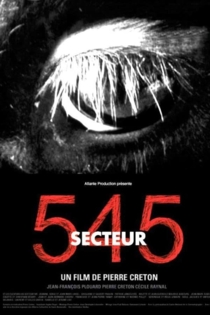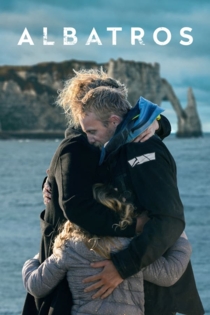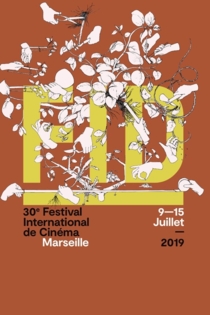
Pierre Creton
2021Va, Toto!
Pierre Creton
Ghislaine Paul-Cavallier, Vincent Barré
A film film about belonging, gay rural life, physical labor & elderly bodies. The arrival of Toto the marcassin at Madeleine's house, Vincent's trip to India and his troubles with the monkeys, or Joseph's dreams provoked by the continuous pressure machine, are three stories that Pierre will share and that in one way or another summon up our relationship with the animal, with this other neighbor
Va, Toto!
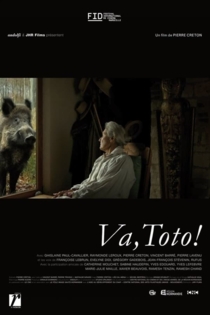
Maniquerville
Pierre Creton
Françoise Lebrun, Clara Le Picard
The comedienne Françoise Lebrun regularly comes to the Maniquerville gerontology center to read Proust to the residents. It is an opportunity for them to discuss together the memory of lost time. A strong bond develops between Françoise and Clara, the center’s host.
Maniquerville

L'Arc D'Iris, Souvenir D'Un Jardin
Vincent Barré, Pierre Creton
Three weeks of hiking in one of the highest-altitude places on earth: the Spirit Valley in the Himalayas. Two sequences of flowers picked like in herbarium, emphasized by the voice of villages and the chants of monasteries.
L'Arc D'Iris, Souvenir D'Un Jardin
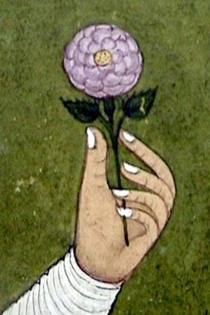
Une saison
Pierre Creton
“Yves Edouard is someone I hear a lot about. He’s a farmer and cereal grower, an endive producer…. He’s clearly a character out of a novel. One morning, I went to his farm and he hired me, as he needed someone to weed his endive fields….When I went to see him, I imagined constructing something romanesque and aesthetic. I had planned to film the work but this proved impossible. I then met Catherine Pernot, the friend of my friend Sophie Roger. I was enchanted by her way of talking about things, even the most ordinary ones. I described the work on the endive farm so that she could turn it into her own story. I recorded her and reworked her words to create a text that she then had to learn and act out in front of the camera. Next, I filmed an interview between Yves and myself. The film is thus composed of two sequence shots: Catherine, then Yves. As if they had slipped into their characters’ skin, she tells the story, he answers the questions.”
Une saison

Mercier et Camier
Sophie Roger, Pierre Creton
“Sophie was doing a series of portraits of friends reading. I suggested to her, along with our common friend Sophie Marie Le Pallec, that we make an adaptation of Mercier and Camier set in the coach on the Fécamp/Le Havre line that passed in front of the houses where we lived.”
Mercier et Camier

Aline Cézanne
Vincent Barré, Pierre Creton
“It begins with an exhibition at the French Institute in Munich. We had decided to create an installation together [with Vincent Barré] in the greenhouse of the Seyssel d’Aix palace: a tribute to Paul Cézanne and his final model, the gardener Vallier….We spoke about the project with one of Vincent’s childhood friends, Christine Toffin, who reminded us that she was related to the painter. Her aunt, the painter’s granddaughter, still lived at Bourron-Marlotte. We decided to go and film Aline Cézanne in her retirement home at Bourron-Marlotte….It was during the sound editing that we thought of making a film using the images we had shot for the sound. The framing is minimal – it’s fine as it is, but it was not set up with a film in mind. A year later, we went back to see Aline. Her speech had become more confused and we went off with her to the village to find the houses of her childhood.”
Aline Cézanne

La Cabane de Dieu
Pierre Creton
From his father, Pierre inherited a wood that he looks after and, in the middle of the wood, a cabin, his father’s old hunting lodge where Pierre now enjoys spending time alone with his dog. There, he made a film which he has just completed, twelve years after an unsuccessful attempt. One of the first shots shows the cabin from a steep high-angle view as if seen from the top of one of the trees bordering the glade. More than Thoreau’s cabin, this shot brings to mind Edison’s Black Maria studio. Like the house in Vattetot, the wood cabin is a film studio. And a haunted house.
La Cabane de Dieu

La Vie après la mort
Pierre Creton
“I met Jean Lambert one year after my arrival in Bénouville, in 1992...Before we met, I used to see his house, his farm, and wondered who could be living in such a mess, amidst such neglect. I had prowled around a lot before approaching him, for months. The day I decided to go and see him on the pretext of buying milk, I cycled from Bénouville with my empty milk bottles. On the way, the police stopped me to ask where I was going. What a coincidence! Jean Lambert gave me the milk, pointing out that there were other farms closer to where I lived. The most difficult step had been taken…I went back to have dinner with him once a week. I’d arrive around 7pm and leave around two or three in the morning, always on my bike, often drunk…Later, I suggested that we make a film. He found the idea amusing, even though he mistrusted cinema. ‘You’re wasting your time, poetry is the only good thing. He died in April, the year of the eclipse….I finished the film I’d begun with him, without him"
La Vie après la mort
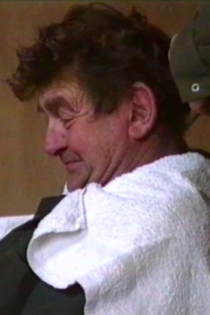
Détour, suivi de Jovan From Foula
Vincent Barré, Pierre Creton
“It was on Foula, the furthest island from the main island [Shetland Isles], that we ran into Jovan. Or rather he ran into us, coming off the ferry late in the day. The mist was thick and we looked worn-out. He took us under his wing and offered to show us around the island the following day. There is a long sequence shot of the passing scenery, taken from inside his car. Driving along the only road, Jovan pointed out to Vincent the island’s disarray: abandoned cars and tractors, heaps of rusting scrap metal. Then on another island, Papa Stour, with a view of Foula, we filmed what was to become the first part of the film.”
Détour, suivi de Jovan From Foula
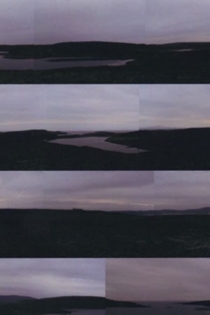
Le Grand Cortège
Pierre Creton
Sir/Madam The reconstruction works on the new site of Maniquerville’s Yvon Lamour Gerontology Centre are now completed. The residents will be moving to the new premises over two days: Monday 11 and Tuesday 12 October 2010. This is the note displayed at reception, and which I did not wish to reword. It conveyed the crude tone that I had taken out of Maniquerville and which, this time, I was ready to tackle head on. Who is this information addressing? The residents’ children? Who is this Sir, this Madam? Residents? Spectators? Spectators of a reality that concerns us all? I see Le Grand Cortège as different from Maniquerville, in its form: here, the camera is constantly moving, the colour, nostalgia rather than melancholy…
Le Grand Cortège

